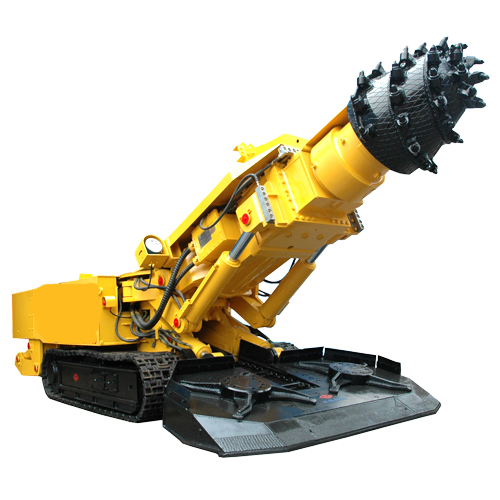In other threads he has stated that the rhino guard is where you put both hands into a giant fist. He has also compared pistol shooting stances to being exactly like a rhino guard. In this case, I am taking the rhino guard to be: make a fist with one hand, and wrap the other hand around it, to make it a giant fist, composed of both hands, like a shooting stance. In other words, I took his description to mean the hands were grabbing each other. (or one grabbing the other) If they are connected to each other in this fashion, breaking one from the other will not be easy.
The other thing that gets added to this, is that applying these wrist locks to guys who train their wrists is quite different than applying these locks to guys in your Hapkido or Danzan Ryu class. Find a Shotokan guy, someone trains to punch very hard, without wrist wraps or find a good Judo or BJJ guy who have massive grip strength and try to apply your wrist locks. People who have these very powerful wrists change the game drastically, with regard to these locks. The first few times to try these locks on guys with this kind of wrist strength, it will feel like you are trying to z-lock a baseball bat (while he hits you with another baseball bat, or grabs your gi and chokes you out... depending on his training) Now, don't get me wrong, these will work on those people, but... you will have to either change your definition of "work" or seriously work on how you set it up... or both. From the type of training I have seen from the OPs other videos, I am putting a Chinese wrestler in the camp of having very strong wrists from both angles... a grapplers grip training and a punchers training to not bend the wrist when delivering a ton of force. Now, add the other arm in there for support, and those locks will get very hard to accomplish. Even if they are not connected to start with (my assumption about his rhino guard could be wrong), as soon as you try to separate the arms, it will be very easy for him to grab the other arm and connect them since they are so close.
I think this guard is actually quite good at protecting the wrists, elbows and shoulders from being locked. However, it leave massive holes for everything else: Punching from angles, kicking, sweeping, hip throws, sacrifice throws... heck I think a level change to double leg would be amazing considering how far forward he carries his weight in the video.

